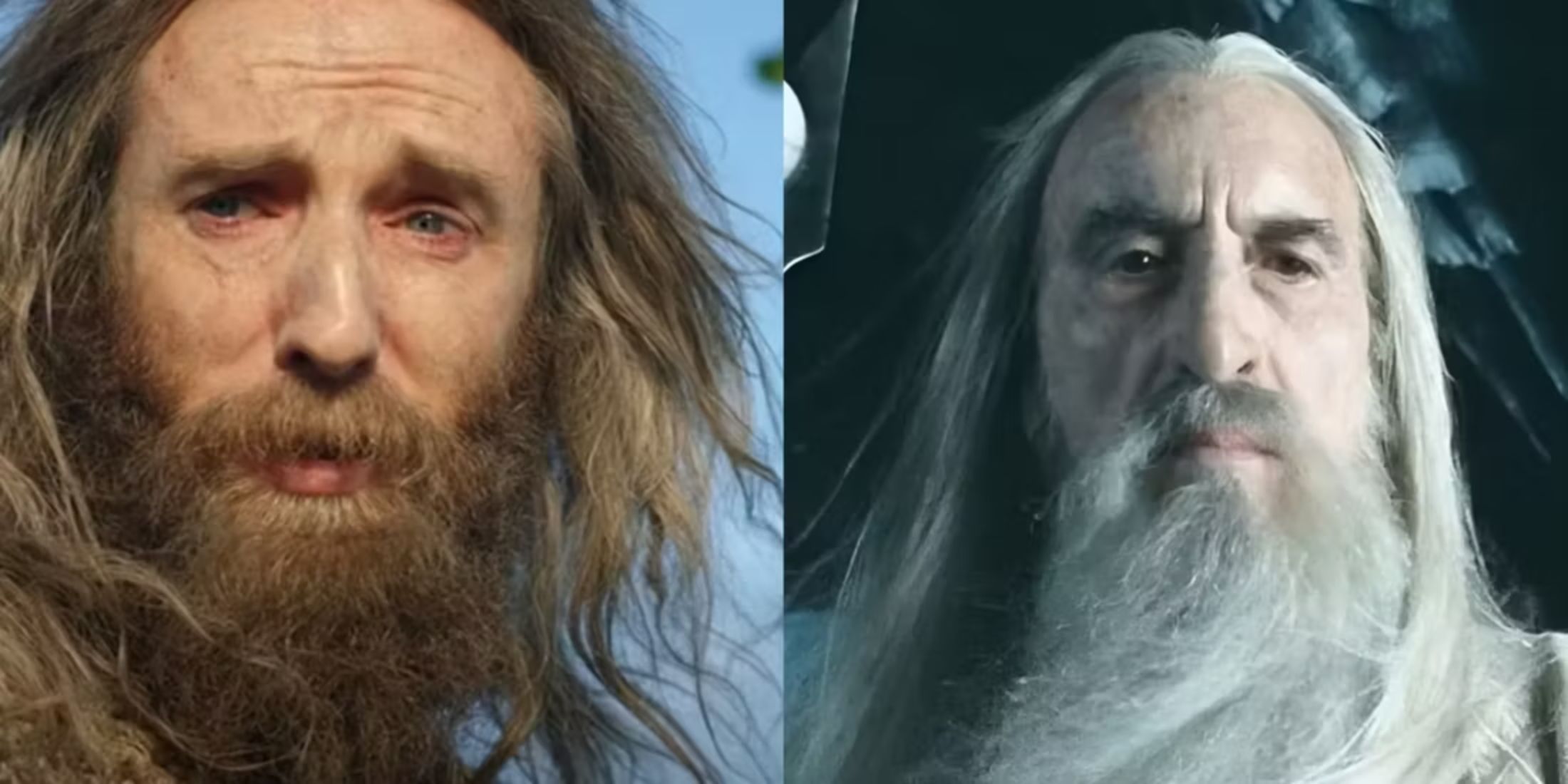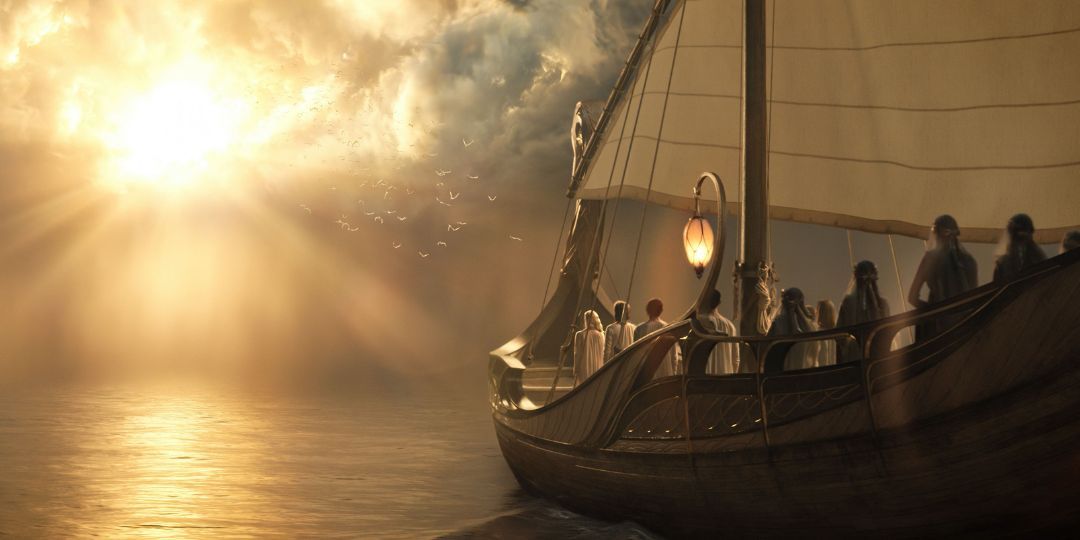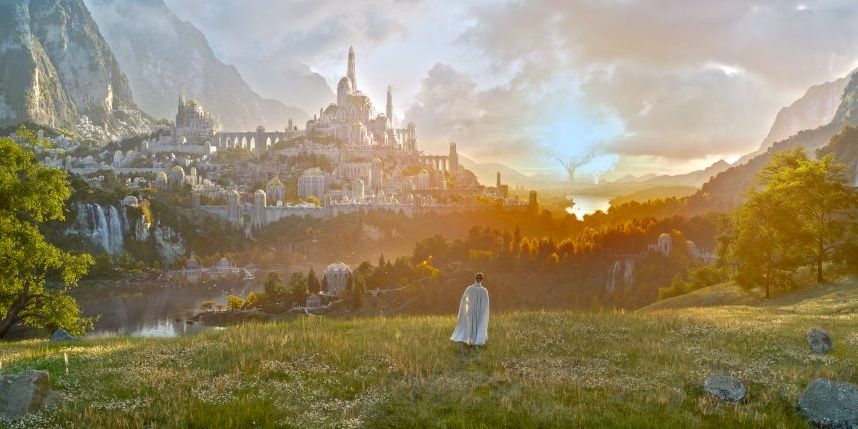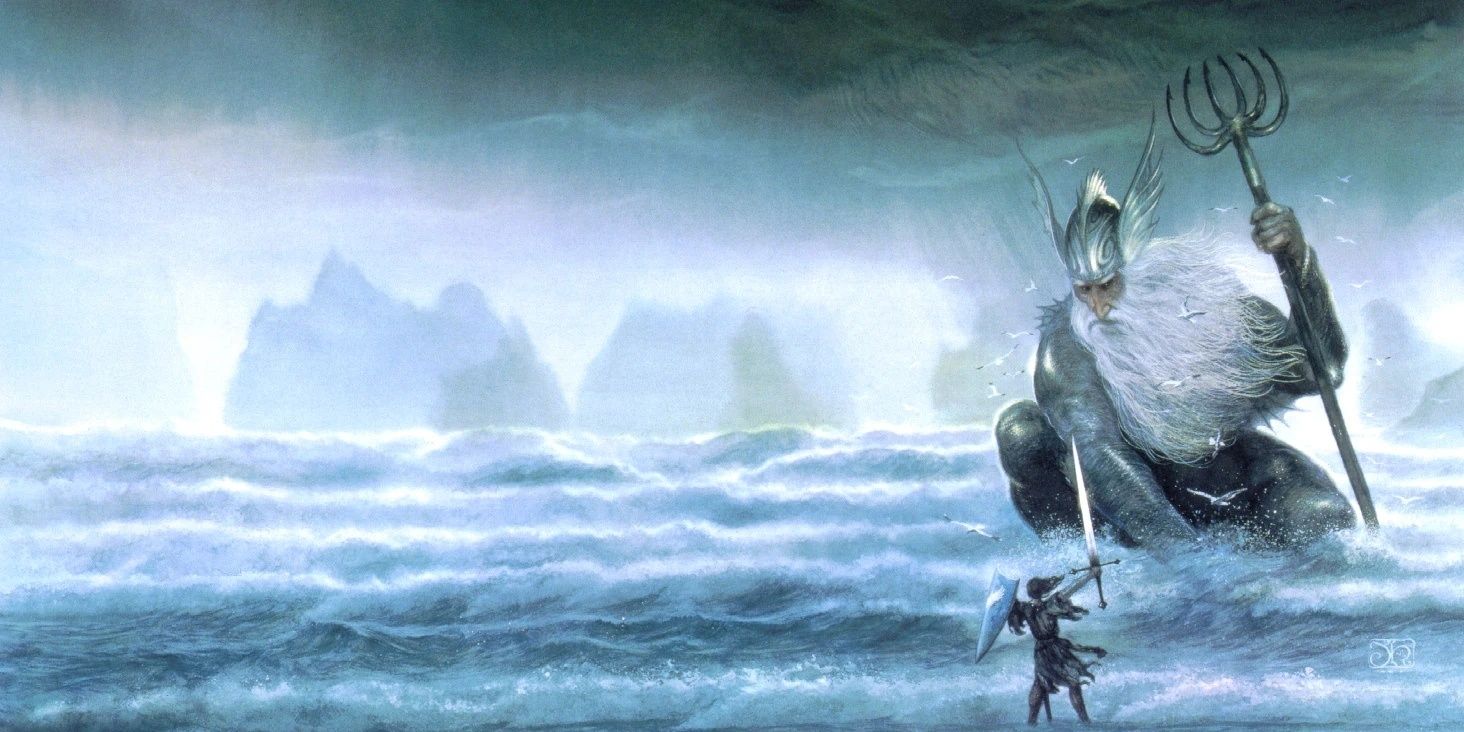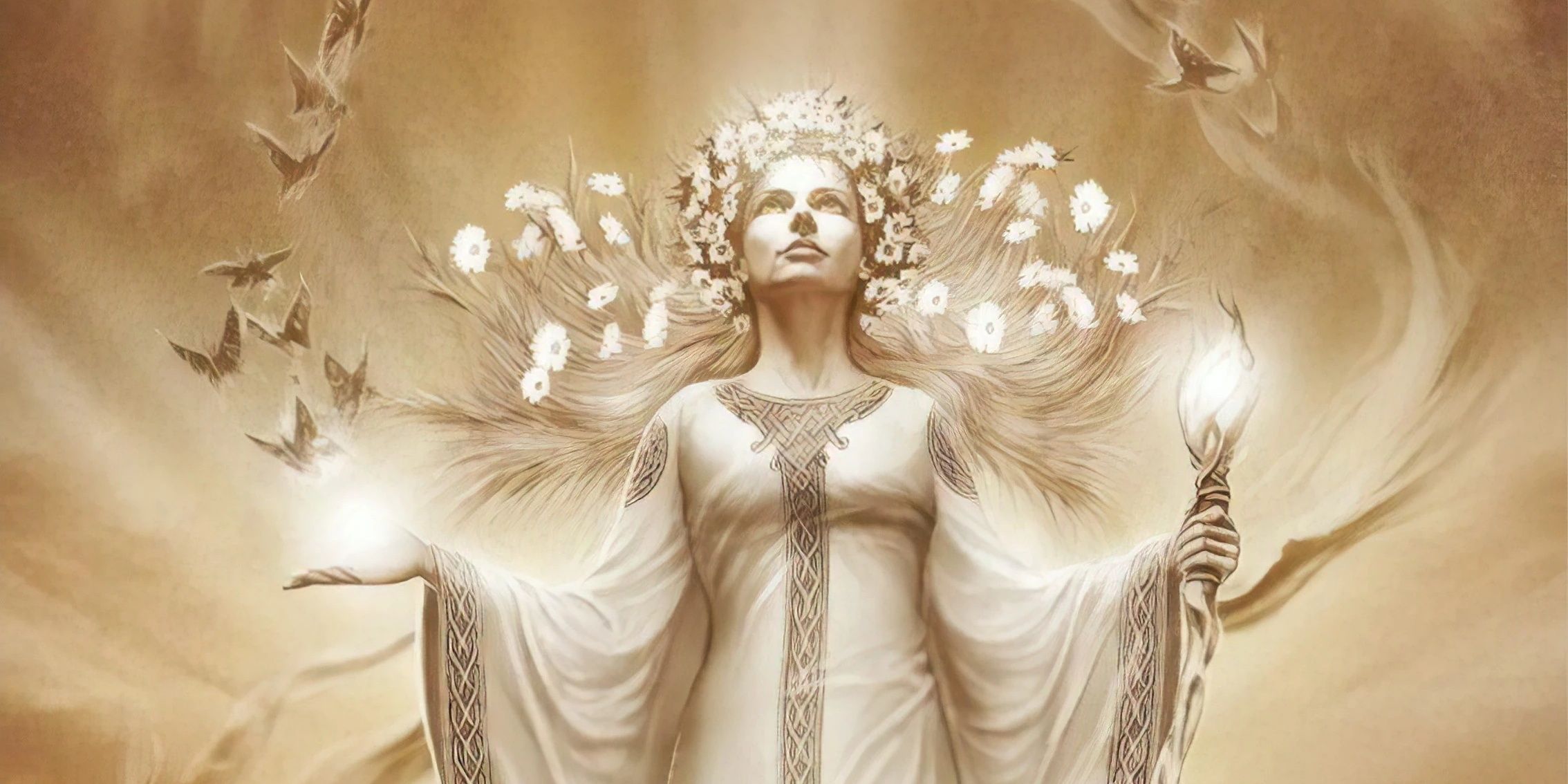Highlights
- Spirituality and religion play a minor role in The Lord of the Rings, but Tolkien created a detailed pantheon of gods, the Valar, for worldbuilding purposes.
- The Valar are powerful deities who helped shape Middle-earth and fight against the first Dark Lord, Melkor, but their involvement in mortal events is limited.
- The Valar include male and female members, each with their own specialties and roles, such as Manwë as the leader and controller of winds, and Varda as the Queen of the Valar who placed stars in the sky.
Even though spirituality and religion is a part of Middle-earth's make-up, it doesn't factor into the story of The Lord of the Rings very much. A lot of what Tolkien imagined and wrote about the various religious aspects of Middle-earth were included in other ancillary pieces of writing, or some of his other Middle-earth stories that took place before the Third Age. Most fantasy worlds have some collection of deities that created and/or rule over the world, but their importance in the story varies according to how necessary to the plot they are. It seems that for Tolkien, the pantheon of gods that he created were more for added worldbuilding rather than being characters that affect the plot directly.
That being said, there is still quite a bit of lore that was created around the deities that created Middle-earth and its various different people groups. Much like other pantheons of gods, these deities (called the Valar) all ruled over different aspects of the world, each having their own specialty. Since they are mentioned by name throughout a lot of Middle-earth's original creation lore, it's important to have a basic idea of who these beings are so that the barrage of names and titles doesn't become too confusing. Here's a guide to the Valar of Middle-earth and how much of a hand they had in shaping the world.
What Are The Valar?
The Valar were fourteen Ainur (or, "offspring of Ilúvatar's thought") that were created and given an understanding of a small part of the mind of Ilúvatar, the supreme deity of Arda. They entered Arda (Tolkien's name for the world as a whole) after it was created to lend a sense of order to the world and fight against the evils of Melkor, the first Dark Lord and the source of all evil in the world. The Valar helped to shape Arda with the music of Ilúvatar, and they each had their own part to the music that created the world. Melkor was the strongest among the Valar until it was discovered that his vision for what Arda should be differed from Ilúvatar's, which led to Melkor being banished and thereby causing a rebellion that would bring most of the ills of the world on Arda.
After they had successfully created the world, the Valar lived on the hidden island of Almaren, but it was destroyed when the world was reshaped prior to the Awakening of the Elves. The Valar moved to Aman and founded Valinor. They became known to the various peoples of Middle-earth as the "Powers of the World", though after the world's creation, they did very little to intervene with mortal events. Ilúvatar gave them jurisdiction over Arda, and they created their own dwellings in the golden city of Valimar. Other beings who were powerful but still subordinate to the Valar, the Maiar, were created to be the link between deities and earth, and participated much more in the affairs of Arda.
Lords of the Valar
In the original lineup, there were 8 male and 7 female Valar. Anyone who is familiar with Greek and Roman mythology will likely see some similarities between those pantheons and the deities of Middle-earth. Manwë was the King of the Valar, married to Varda, and was also known as the King of the Winds. Aside from being the leader of the Valar, he also controlled the winds and air. His brother was Melkor, who, as previously mentioned, was the most powerful of the Valar until he was banished and became the root of all evil. Ulmo controlled the oceans of Arda and was known as the Sea King, preferring to dwell there rather than anywhere on land. Aulë was the Smith and the Lord of the Earth, the Vala responsible for making the materials and substances that made up Arda. He created the Dwarves so that he would have a race of beings he could pass his knowledge down to.
Oromë was the Vala that presided over the hunt and the forests, and he was married to Vána. He was the one who discovered the Elves after they awoke at Cuiviénen and called them the Eldar. Námo also had a connection to the Elves, as he presided over the judgment of the spirits of the Elves after they died. The Elves knew him as Mandos, named for the Hall of Mandos - which was where Elven souls went after death. Irmo (often referred to as Lórien because of his dwelling place) was in charge of dreams, desires, and visions. He and Námo were brothers, and Nienna was their sister. Finally, Tulkas was the Vala that oversaw war. Manwë, Ulmo, Aulë, Oromë, and Námo were all a part of the Aratar, who were the greatest of the Valar (often called the Holy Ones of Arda).
Ladies of the Valar
All of the female Valar were either married or related to the male members of the Valar. Varda was one of the mightiest of the Valar, known as the Queen of the Valar, and was the one who put the stars in the sky above Arda. She was married to Manwë. Yavanna oversaw the growth of fruits and all other things that grow in Arda, and was married to Aulë and was Vána's older sister. Her name literally translates to "Giver of Fruits". Nienna, referred to as the Lady of Mercy and also the Lady of Grief and Mourning, was quite aptly named as she was responsible for the mercy and grief all across Arda. Her part of the Music of the Ainur was one of deep sadness, which was what first brought that grief into the world. She was not married and was the sister of Námo and Irmo.
Estë (often called Estë the Gentle) was responsible for healing those who were hurt, and she was married to Irmo. Vairë, the Weaver, was the Vala who wove the story of Arda, recording stories and histories in tapestries. She was married to Námo and lived with him in the Hall of Mandos where her "storied webs" covered the walls. Vána oversaw the preservation of youth among living things in Arda. She was often associated with greenery and flowers, and was known as Vána the Ever-Young. She was the younger sister of Yavanna and was married to Oromë. Nessa was the final member of the Valar, and was known as a dancer and also for her swift movement. She was married to Tulkas and was the sister of Oromë. Of the female Valar, Varda, Yavanna, and Nienna were part of the Aratar.

